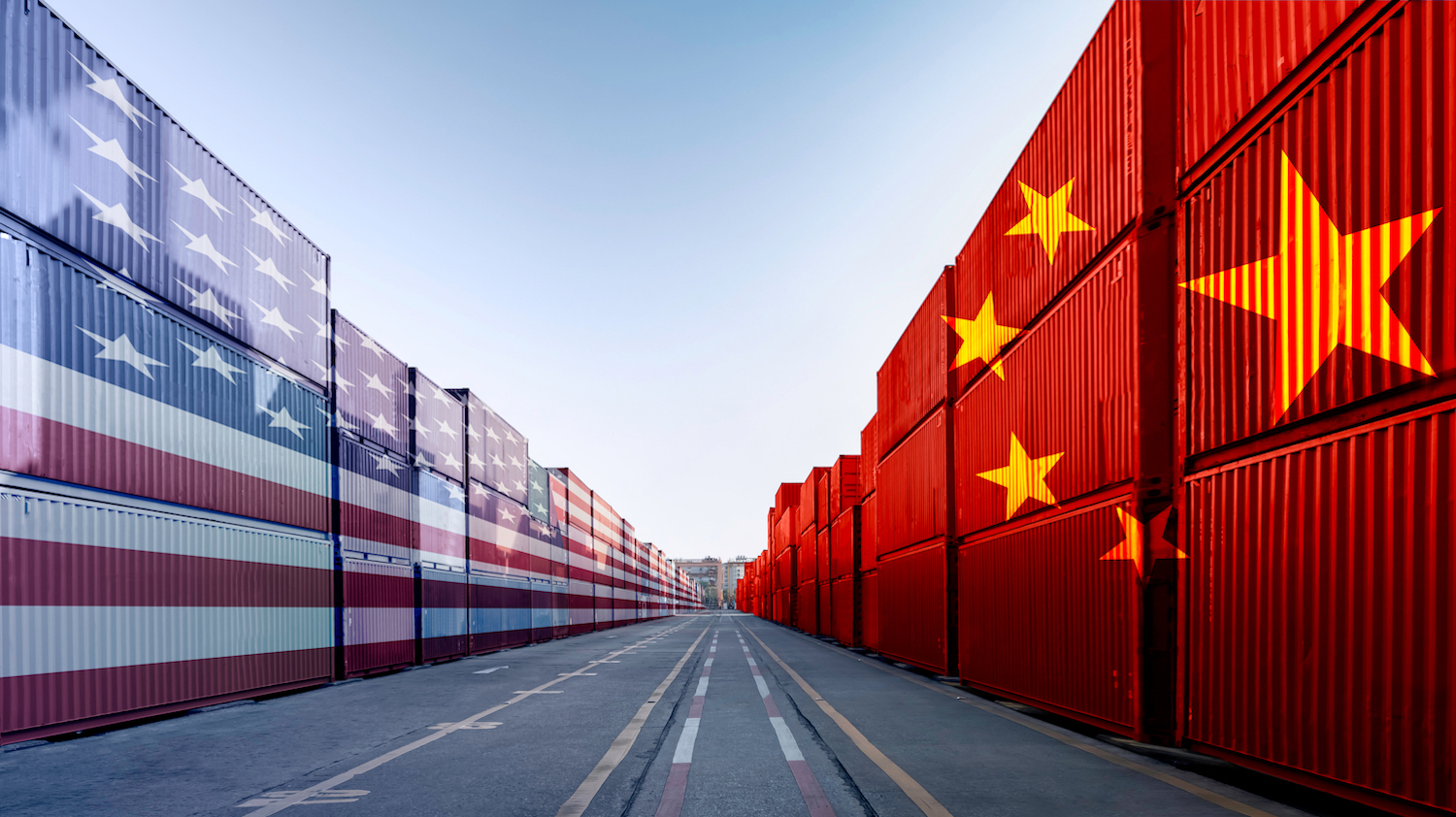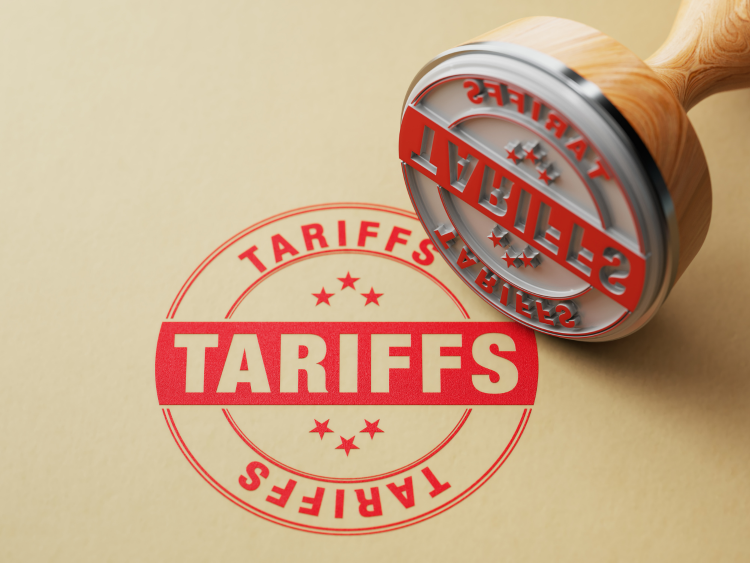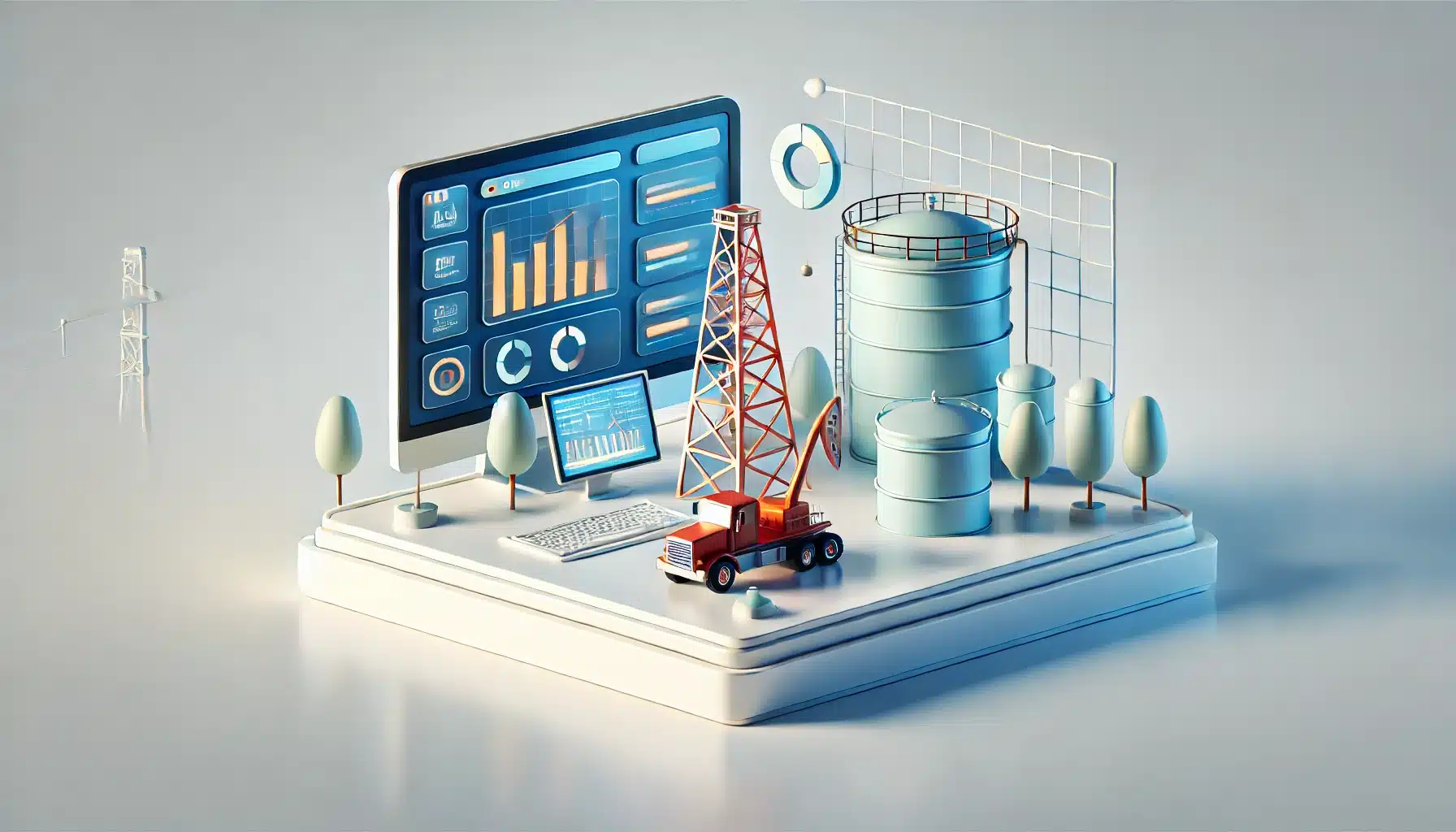
In 2025, the U.S.-China trade war has reached an inflection point, introducing heightened complexity and volatility into the global economic system. President Donald Trump, reinstated through a polarizing second term, has aggressively amplified his administration's protectionist agenda. Most notably, tariffs on Chinese imports have surged to an unprecedented 125%, framed by the White House as a necessary response to continued "economic aggression" and "disrespect" from Beijing. China, in turn, has retaliated forcefully—raising tariffs on U.S. goods to 84%—fueling a tit-for-tat escalation with sweeping global repercussions.
Global Markets React: Fragile Optimism Amid Structural Headwinds
The financial shockwave of this trade confrontation has not been contained to the U.S. and China. Global markets, particularly in the Asia-Pacific region, have shown mixed responses. Australia’s S&P/ASX 200 index experienced a notable rebound, triggered by temporary tariff exemptions granted to key allies. However, market analysts warn this could represent a classic "bear market rally," with weak underlying fundamentals casting doubt on sustained momentum.
For institutional investors, the lesson is clear: market optimism is fragile, and asset allocation strategies must be recalibrated to reflect higher geopolitical risk premiums and policy-driven economic dislocations.
U.S. Economy: Rising Tariffs, Rising Prices
Domestically, the United States is navigating a highly inflationary environment driven in part by trade policy. Since the beginning of the year, the average U.S. tariff rate has soared from 2.4% to roughly 20%, directly increasing import costs across consumer categories. The downstream effect is pronounced: American households are projected to lose over $4,000 annually in disposable income, driven by elevated prices on essentials ranging from consumer electronics to basic household goods.
Beyond immediate consumer impact, these conditions are introducing stagflationary risks. Slower growth, coupled with persistent inflation, has placed the Federal Reserve in a policy bind—balancing interest rate hikes against the need to maintain economic stability in an increasingly fractured global trade environment.
China’s Counterplay: Strategic Repositioning and Soft Power Expansion
While the economic costs for China are non-trivial—evidenced by rising unemployment and mounting deflationary pressures—Beijing is leveraging the conflict to advance longer-term strategic interests. By positioning itself as a defender against Western economic coercion, China is expanding its diplomatic narrative, especially among non-aligned and developing nations.
Internally, Beijing is accelerating its shift toward technological self-reliance and domestic consumption. Increased investment in critical industries such as semiconductors, green energy, and AI represents both a defensive posture and a long-term play to insulate itself from Western dependencies. These efforts align with China’s broader objective of reasserting economic sovereignty while reshaping global supply chain dynamics in its favor.
Cultural Fallout: American Entertainment Feels the Squeeze
The reverberations of this conflict are not limited to trade or economics. China's announcement to significantly reduce the number of American films it imports reflects deepening cultural estrangement. For the U.S. entertainment sector, particularly Hollywood, the consequences are strategic. China, once a cornerstone of international box office growth, is now an increasingly closed market.
This development signals a broader trend of economic nationalism affecting cultural exchange, soft power influence, and foreign direct investment in the creative industries.
India: Strategic Gains with Structural Caveats
Amid escalating tensions, India has emerged as a strategic alternative for global manufacturers seeking to diversify beyond China. The geopolitical reshuffling offers India a timely opportunity to position itself as a high-tech and industrial hub, particularly in electronics and pharmaceuticals.
However, India’s gains thus far have been modest. Countries like Vietnam and Thailand have proven more agile in adapting to supply chain reconfigurations under the "China Plus One" strategy. For India to enhance its competitive position, comprehensive reforms are required—especially in logistics, labor regulation, and investment facilitation.
Additionally, Indian policymakers must remain vigilant. With China potentially dumping surplus goods into Indian markets, there is a renewed imperative for stronger trade enforcement mechanisms to shield domestic industries from unfair competition.
Diplomatic Thaw or Tactical Messaging?
Despite these high tensions, Beijing has intermittently signaled openness to diplomacy. In a recent statement, Chinese officials claimed “substantial progress” in ongoing trade negotiations. However, geopolitical analysts interpret this less as a substantive shift and more as strategic messaging—intended to manage international perception and mitigate market instability.
From a policy lens, the pathway to a comprehensive trade resolution remains narrow. The entrenchment of nationalist narratives in both Washington and Beijing significantly limits the political space for compromise, even in the face of mounting economic consequences.
Strategic Implications: Navigating an Era of Fragmented Globalization
The escalation of the U.S.-China trade war in 2025 marks a turning point in global economic governance. Rather than an isolated confrontation, this conflict now represents a broader shift toward “fragmented globalization,” where geopolitical alignments increasingly influence trade patterns, technology flows, and capital mobility.
For corporate leaders, policymakers, and global investors, several strategic imperatives emerge:
Redesign Supply Chains: Businesses must adopt resilient and decentralized supply networks to reduce single-country dependency risks.
Advance Policy Engagement: Proactive public-private dialogue is critical to shaping trade policies that support innovation and competitiveness.
Invest in Strategic Foresight: Scenario planning and geoeconomic risk assessments will be essential tools in future-proofing growth strategies.
Conclusion: A Prolonged Geoeconomic Rivalry
The 2025 iteration of the U.S.-China trade war is not a transient disruption—it is a structural evolution of global power competition. As both nations harden their economic postures, businesses and governments must prepare for a world where trade flows are increasingly shaped by geopolitics rather than pure market logic.
While pockets of opportunity exist—for countries like India, for innovation ecosystems, and for agile enterprises—the broader environment demands strategic recalibration. The era ahead will reward foresight, resilience, and the ability to adapt to a multipolar, fragmented global economy.
Trending Posts

Global Silver Nanoparticles Market
The global silver nanoparticles market was valued at $2.08 billion in 2020, and is projected to reach $4.1 billion by 2027, growing at a CAGR of ~17%

The Future of Artificial Intelligence
In recent years, the field of artificial intelligence (AI) has witnessed unprecedented growth and transformative advancements. As AI technologies

The Basic Pension Comes - Federal Cabinet Decides On the Pension Supplement
Financial security in old age is an issue that is causing stomach pains for more and more people in Germany. Low-wage earners fear the elderly. The ba

"LNG Bunkering" Here is something you must know!
In the current scenario of growing pollution, companies are trying to adapt more and more sustainable approach that not only gives eco-friendly result

Sailing into the future with Autonomous Ships
Autonomous Vehicles (AVs) are the uproar of this era. After airways, thanks to the companies like Tesla, that people are now getting used to see drive

Rising Demand For Uninterrupted Power Supply Is Expected To Drive The Power Rental Market
Todays world is totally reliant on electric power. There are many things which are not manageable without electricity. Power rental is a concept where

Rapidly growing IT industry coupled with the trend of bringing your own device (BYOD) is expected to provide new opportunities for growth of Cloud Collaboration
Cloud collaboration is the process of sharing and co-authoring the computer-based work through cloud technology

Fact check on UV Disinfection for COVID-19
Many regulatory authorities and bodies believe that UV disinfection technologies can play a role in a multiple barrier approach to reducing the transm

Vaccination: Vaccination Against Measles is Now Mandatory in Germany
The subject of compulsory vaccination has always heated peoples minds and caused emotionally charged discussions. The latest law in this area - the ob

The Global Ventilator Market Grows at a CAGR of 7.75 %
The Global Ventilator Market, which was at $688 million in the year 2016, is about to double by the year 2025, and reach a value of $1,347 million. Th
Recent Posts

Gold at Historic Highs in 2025: Strategic Implications of a Flight to Safety
Gold has reached unprecedented valuation levels in 2025, crossing $3,175 per ounce globally and nearing ₹94,000 per 10 grams in India—a 23% increase year-to-date

Tariffs & Trade: Key Trends, Policies, and Market Impact
A tariff is a tax imposed by a government on imported or exported goods. It is primarily used to regulate international trade by either encouraging domestic production or generating revenue for the government.

The Global Buy Now Pay Later (BNPL) Market: Growth and Opportunities
The global Buy Now Pay Later (BNPL) market has emerged as a revolutionary financial solution, transforming how consumers approach shopping and payments. Offering flexibility and convenience, BNPL allows consumers to make purchases and pay.

Global Motorhome Market: Growth and Forecast
The motorhome market has gained significant momentum over the past decade, driven by rising interest in outdoor tourism, evolving consumer lifestyles, and advancements in vehicle design and technology. As a preferred option for travelers seeking.

The Global Poppy Seed Market: Growth and Trends
Poppy seeds, derived from the opium poppy plant (Papaver somniferum), have been a vital component in global culinary, pharmaceutical, and personal care industries for centuries. The global poppy seed market is gaining traction due to its versatility.

Global Plant Breeding and CRISPR Plants Market
The global food industry is facing immense pressure due to rising population levels, diminishing arable land, and the impact of climate change. Innovations in plant breeding, particularly the use of CRISPR technology, are reshaping the agricultural .

Global Pheromones Market – Trends, Opportunities, and Forecast
The global pheromones market has witnessed significant growth, primarily driven by the rising demand for eco-friendly pest control solutions in agriculture. Pheromones, natural chemicals emitted by insects and other organisms to communicate.

The Role of Technology in Oil and Gas Risk Management
In an industry as dynamic and complex as oil and gas, risk management is crucial for ensuring operational efficiency, regulatory compliance, and safety. Risk management software has become an indispensable tool for companies in this sector.

Global Smart Grid Sensors Market
The global energy landscape is undergoing a significant transformation, with smart grid technologies at the forefront. Smart grid sensors, a critical component of modern energy grids, enable efficient monitoring, energy distribution.

Global Photovoltaic Glass Market Research Report
The global photovoltaic (PV) glass market is experiencing unprecedented growth, driven by the accelerating shift towards renewable energy and the integration of sustainable materials in construction. This report delves into the market’s key growth.
.png)